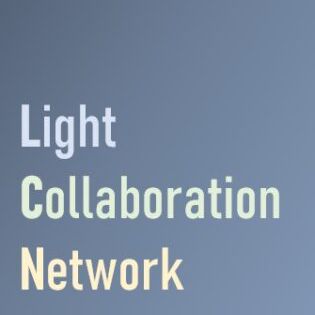On May 12, the Light Collaboration Network organised its very first physical conference – “Light Awareness – Measurement and Application”. This took place at the Institute of Technology (JTH) at Jönköping University (JU) and brought together approximately 85 participants including students, researchers and companies. The aim of the conference was partly to inform mainly students about new research on how light affects well-being, and partly to bring together lighting design students from different universities.
Two Day Conference Included Study Visits
Around 35 lighting design students from JTH (undergraduate) and KTH in Stockholm (masters) were at the conference together with researchers and educators from JTH, KTH, Lund University and Umeå University. Representatives from Fagerhults Belysning and Hide-a-lite also took part. Various technologies to measure colour temperatures and other light characteristics were available to delegates. The first day ended with a guided tour of Jönköping’s urban and lighting environment. On the second day study visits were organised at Fagerhults Belysning, Westal and Hide-a-lite, mainly intended for the students from KTH. The study visits offered tours, practical hands-on elements, a lighting design workshop and a lecture.
The entire conference was highly appreciated by the participants. Elsa Frisén, who is studying the master’s degree in light design at KTH, found it very instructive to be part of the conference.
“It is valuable for us to meet all knowledgeable researchers and fun to exchange thoughts and ideas with the lighting design students at JTH.”
Elsa Frisén, KTH student
Conversations, Insights and Collaboration
In one of the lighting design labs, different types of lighting were shown with so-called 60×60 light tiles and alternatives to these. It was a mixture of existing products on the market and solutions built for the occasion, but also including an older proven fixture with T5 fluorescent tubes and grids.
To simultaneously, side by side, consider these different luminaires, and to also demonstrate thiem to a large group of light and lighting enthusiasts was very enriching. The insights, discussions and reflections were many. It became obvious, for example, that these are very different luminaires, with different areas of application, and which in many cases are difficult to exchange for each other.
Arranging meetings like these, where knowledge is spread, insights are made and new contacts are made, is of great importance and is a reason why the Light Collaboration Network exists. It leads to interactions, synergies and collaborations.

